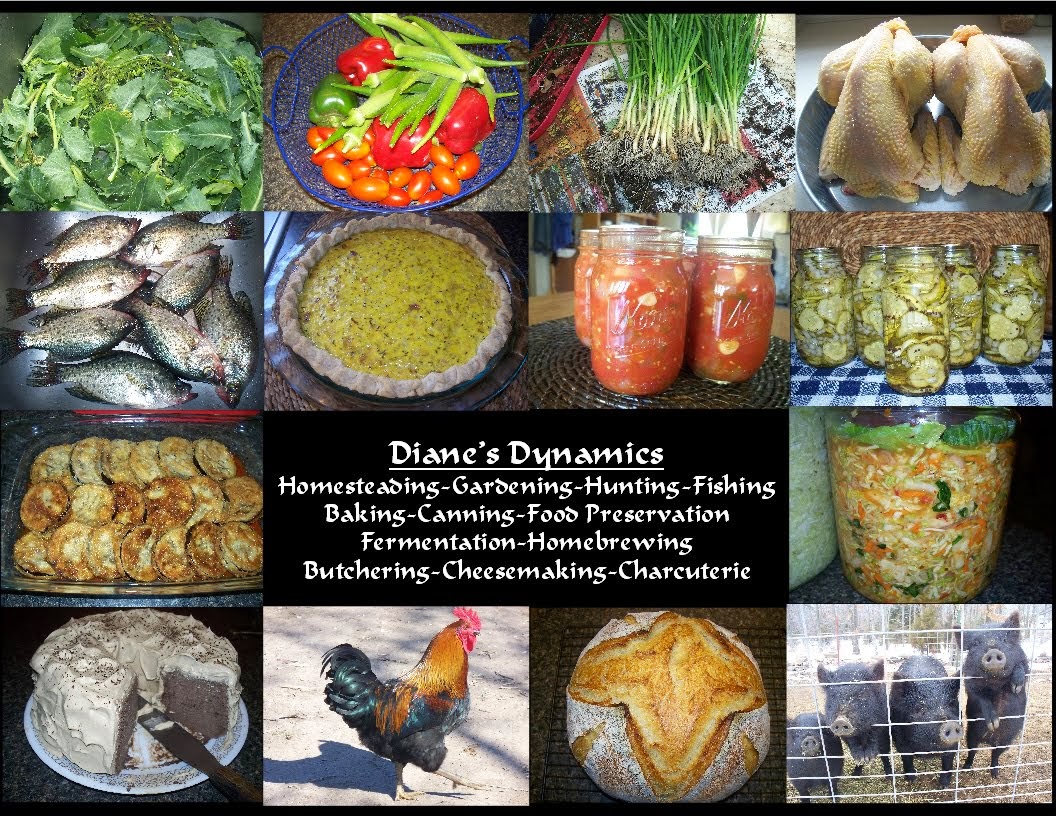 |
| Purple-Top White Globe Turnips |
We have a saying around here: “You can’t keep a good turnip seed down.” The turnips are always the first garden seed to germinate and will do so with a wide array of temperatures. You can pretty much count on every seed to germinate too, even if the seed is several years old.
Vilmorin listed over 50 varieties of turnips back in 1885, but now you’ll be lucky to find even half that many still in production. For the most part, the turnips that are available in the supermarket are usually the standard “Purple Top White Globes” like are shown in the picture. But turnips come in a wide variety of shapes and colors. Baker’s Creek offers 11 heirloom turnips this year and there are a number of hybrids that were developed for the fresh salad market. Johnny’s Selected Seed carries a couple that are excellent – the “Hakurei” and “Scarlet Queen” are both sweet and delicious raw.
Turnips appreciate a fertile soil and the greens will be lush, but they grow quite well in a less-fertile soil too. They are one of the fastest growing veggies out there and if you plant them thickly, you can harvest an abundance of greens in about a month just from the thinnings. I plant mine in four-foot beds, four rows to a bed with the rows about 8 inches apart. I first thin them to stand about 2 inches apart, then I pull every other one to harvest as greens. Finally, I let the remaining roots grow, harvesting the biggest first. An 8 foot bed (or 32 linear feet) is a good start for a small family.
Here in North Texas , we direct seed a crop around the first of March and another between the middle of August and first of September. The spring crop is done by June 1st and the fall crop can be left in the ground (lightly mulched) and harvested all winter, though the greens won’t survive hard freezes. The roots are at their sweetest during cold weather. Turnips are biennials and those left in the ground all winter will go to seed in the early spring. If you are trying to save seed from a small garden, you can harvest the seed from one variety then. You can save seed from another variety by holding back a couple of roots in the fridge from the spring planting and replant them in the fall. To store them, leave the bottom root intact and leave just enough of the top so you can still see a little green. Two roots will give you an ungodly amount of seed!
As you can see in the picture, some of the leaves have been chewed on a bit. Since we’re growing them for ourselves and not for market, I don’t really care about a few holes in the leaves and would rather not spray them with anything. However during warm weather, we really have to watch out for Harlequin bugs. They can suck the life out of a large crop of turnips in just a few days and can be controlled with a simple Pyrethrum (organic) or Permethrin (the synthetic version) solution.
Turnips are high in vitamins B6 and C, folate, calcium, potassium, copper and manganese. The greens are a powerhouse of vitamin A and a good source of vitamins C, E and K. It has also been suggested that foods from the Brassica family (cabbage, broccoli, turnips, etc.) help lower estrogen levels, possibly lowering the risk of breast cancer.
The small green thinnings are delicious as a spicy salad green, though I prefer to cook the older greens. To prepare the older greens for cooking, after washing and separating the stems, grab the stem in one hand and strip the green off with the other. You can chop the greens smaller if you like, but they will wilt down quite a bit during cooking. We like ours cooked with a little salt pork or bacon and onion, but I remember as a vegetarian I really didn’t care for the smoked meat flavor even if I had been willing to eat it. They are equally good braised in a little olive oil with some onions. During the spring, the greens may seem a little bitter. I’ve heard that can be corrected with a little sugar, but a little vinegar seems to do a better job.
As for the roots… well, let’s just say if you give me a choice between potatoes and turnips, I’m going to choose the turnips every time, though I guess that’s an acquired taste. They are delicious added to a pot roast or roasted on the grill. However, I love them creamed. I take several coarsely chopped turnips and add them to a heavy saucepan with a little butter and salt and set them on a slow burner. The salt will extract the liquids and you can braise them without adding any water. Add a little cream and mash them just like potatoes. They are exquisite!
I didn’t grow up eating turnips but I got to them as fast as I could! J
 |
| 2 Gallons Raw Greens = 1.5 Quarts Cooked |

No comments:
Post a Comment